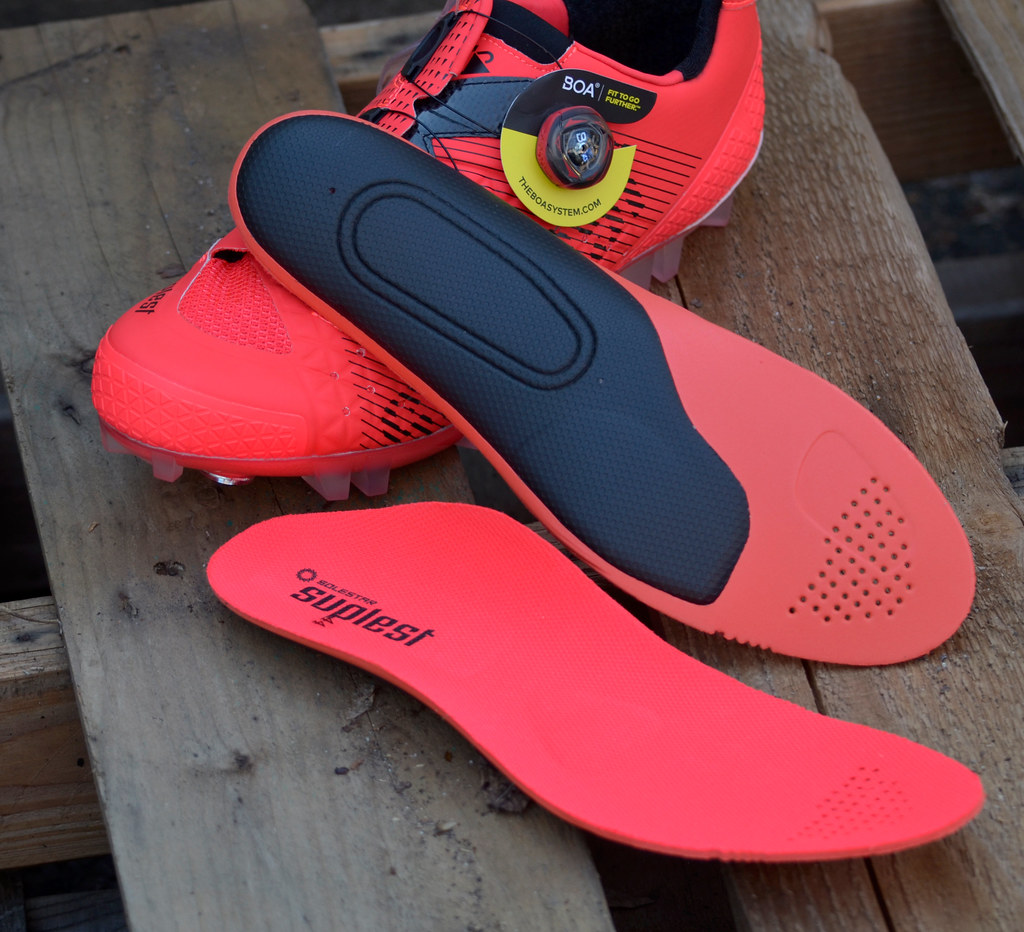Running is a popular and accessible form of exercise that requires minimal equipment and offers numerous physical and mental health benefits. However, to optimize performance and reduce the risk of injury, runners often look for ways to enhance their gear. One often overlooked yet significant component of running gear is the insole. Lightweight insoles have emerged as a game-changer for runners looking to boost their stamina and overall performance. This article delves into the various ways lightweight insoles can enhance your running stamina, examining the science behind their effectiveness and providing practical tips for choosing the right insoles for your needs.
Table of Contents
ToggleInsoles, also known as footbeds or inner soles, are the removable layers inside your shoes that provide cushioning and support for your feet. They come in various materials, shapes, and designs, each catering to different needs and preferences. The primary functions of insoles include shock absorption, arch support, and pressure distribution. While many running shoes come with factory insoles, these are often basic and may not provide adequate support for serious runners.
Types of Insoles
- Comfort Insoles: These are designed primarily for cushioning and to alleviate minor foot discomfort.
- Support Insoles: These provide additional structural support, often targeting specific foot conditions like flat feet or high arches.
- Custom Orthotics: Made from a mold of your foot, these insoles are tailored to address specific biomechanical issues.
- Lightweight Insoles: Focused on minimalism, these insoles are crafted from advanced materials to offer support without adding significant weight.
The Science Behind Lightweight Insoles
Lightweight insoles are crafted from high-performance materials like EVA (ethylene-vinyl acetate), TPU (thermoplastic polyurethane), and carbon fiber composites. These materials provide excellent support and cushioning while being significantly lighter than traditional insole materials.
Impact on Biomechanics
The reduced weight of lightweight insoles means less energy is required to lift and move the feet, translating to less overall fatigue during running. This biomechanical efficiency allows runners to maintain their pace and stamina over longer distances. Additionally, lightweight insoles often incorporate advanced design features like heel cups and arch supports, which promote better alignment and reduce strain on muscles and joints.
Shock Absorption and Energy Return
One of the critical factors in running stamina is the body’s ability to manage the impact forces generated with each step. Lightweight insoles are designed to absorb these shock forces efficiently, reducing the stress on the feet and lower limbs. Moreover, some insoles include energy return technology, which helps to recycle some of the energy from each step, propelling the runner forward with less effort.
Benefits of Lightweight Insoles for Running Stamina
Reduced Fatigue
The primary advantage of lightweight insoles is the reduction in overall fatigue. By minimizing the weight of the shoe, these insoles help conserve energy that can be used to maintain speed and endurance. Over long distances, even small reductions in weight can make a significant difference.
Enhanced Comfort
Comfort is paramount when it comes to long-distance running. Lightweight insoles are designed to provide optimal cushioning and support, reducing discomfort and preventing common issues like blisters and hot spots. A comfortable run is less distracting, allowing you to focus more on your performance.
Improved Posture and Alignment
Proper foot alignment is crucial for efficient running. Lightweight insoles with arch support and heel cups help maintain the correct posture, reducing the risk of overuse injuries. Improved alignment also enhances overall body mechanics, making each stride more efficient and less taxing.
Better Shock Absorption
As mentioned earlier, effective shock absorption reduces the impact forces on your joints and muscles. This not only helps in preventing injuries but also reduces the cumulative stress that contributes to fatigue, allowing you to run longer without feeling exhausted.
Increased Energy Efficiency
Energy efficiency is a key factor in running stamina. Lightweight insoles help improve energy return with each step, making your running stride more efficient. This energy-saving mechanism means you can maintain your running pace for a more extended period, thus boosting your overall stamina.
Choosing the Right Lightweight Insoles
Consider Your Foot Type
Understanding your foot type is essential when selecting the right insoles. Feet can be categorized into three main types: neutral, flat, and high-arched. Each type requires different support and cushioning levels.
- Neutral Feet: Benefit from insoles that provide balanced support and moderate cushioning.
- Flat Feet: Require insoles with robust arch support to prevent overpronation.
- High-Arched Feet: Need insoles with additional cushioning to absorb shock and prevent underpronation.
Material and Design
The materials used in lightweight insoles play a crucial role in their performance. Look for insoles made from high-quality EVA, TPU, or carbon fiber composites. Additionally, consider the design features like arch support, heel cups, and forefoot padding that match your specific needs.
Activity Level and Running Style
Your running style and the intensity of your activity also influence the choice of insoles. For instance, trail runners might require more robust and durable insoles with excellent grip, while road runners might prioritize lightweight and highly cushioned insoles.
Fit and Comfort
Insoles should fit snugly inside your running shoes without causing discomfort or altering the shoe’s fit. It’s advisable to try different insoles and choose the ones that feel most comfortable and supportive.
Maintaining Your Lightweight Insoles
To ensure your lightweight insoles remain effective and durable, proper maintenance is crucial.
Regular Cleaning
Clean your insoles regularly to prevent the build-up of sweat and bacteria. Most insoles can be hand-washed with mild soap and water. Allow them to air dry completely before placing them back in your shoes.
Replacement Schedule
Even high-quality insoles have a limited lifespan. Regular runners should consider replacing their insoles every six months or after covering 300-500 miles, depending on the wear and tear.
Storage
Store your running shoes and insoles in a cool, dry place to prevent moisture damage. Remove insoles from shoes after each run to allow them to air out and maintain their shape and integrity.
Success Stories: Runners Who Swear by Lightweight Insoles
Elite Athletes
Many elite athletes attribute part of their success to the use of lightweight insoles. For instance, marathon runners have reported improved stamina and reduced fatigue during races, allowing them to maintain a competitive edge.
Everyday Runners
Everyday runners have also experienced significant benefits. Testimonials often highlight how lightweight insoles have alleviated chronic foot pain, improved running posture, and enhanced overall comfort, making running a more enjoyable and sustainable activity.
Lightweight insoles are a valuable addition to any runner’s gear, offering a range of benefits that contribute to enhanced stamina and overall performance. By reducing fatigue, improving comfort, and providing better alignment and shock absorption, these insoles help runners of all levels achieve their goals. When selecting lightweight insoles, consider factors such as your foot type, the materials used, and your specific running needs. With the right insoles, you can enjoy a more efficient and comfortable running experience, allowing you to push your limits and achieve new milestones.


